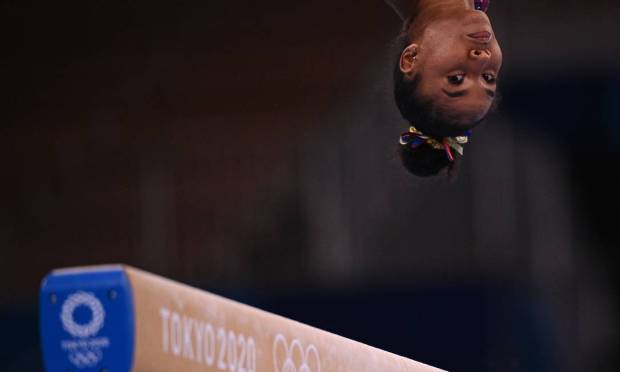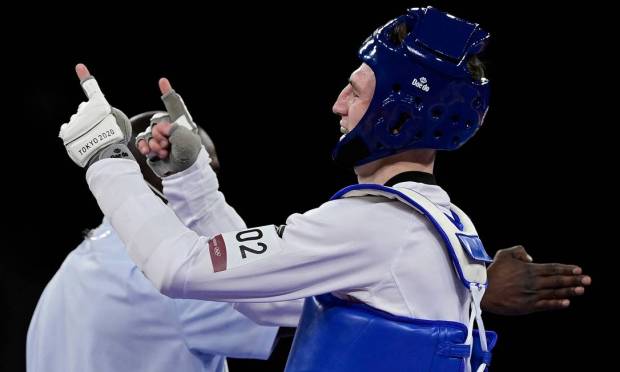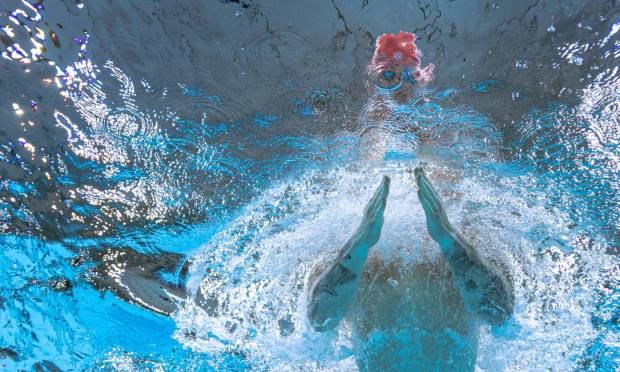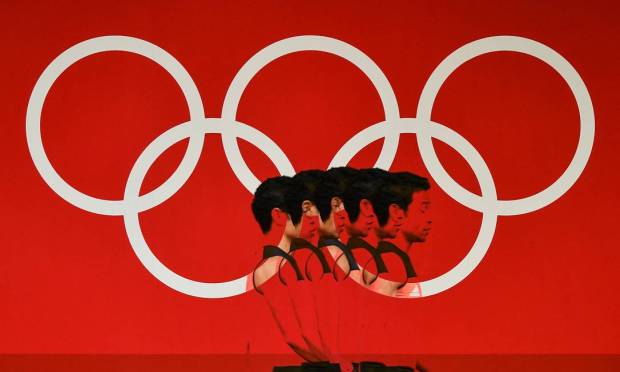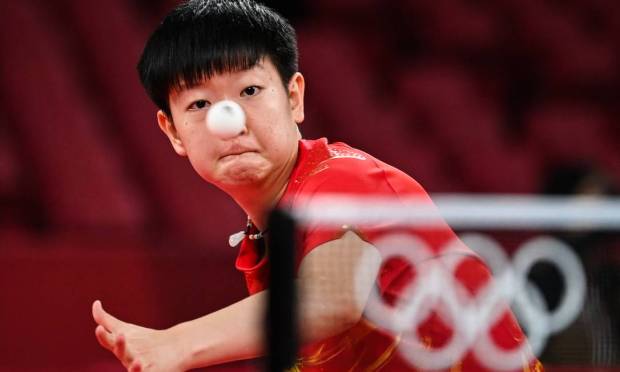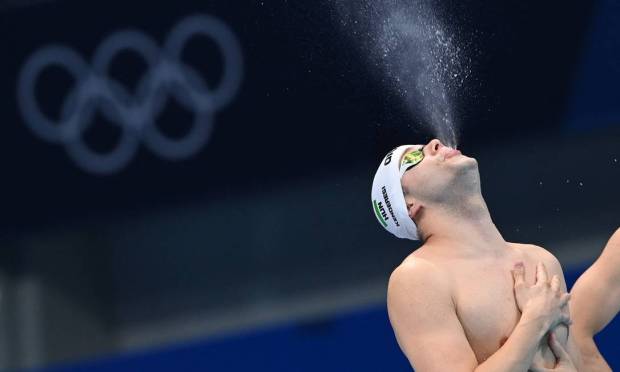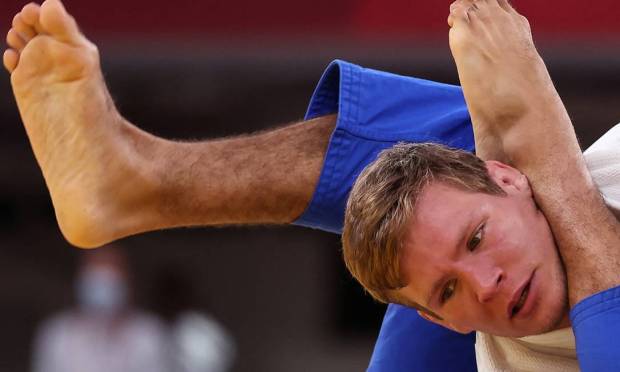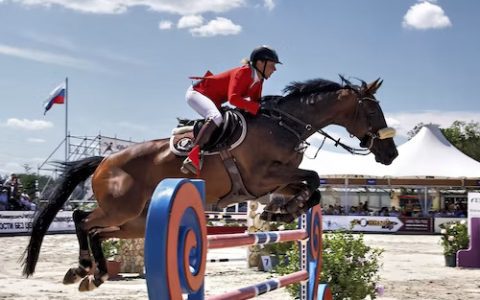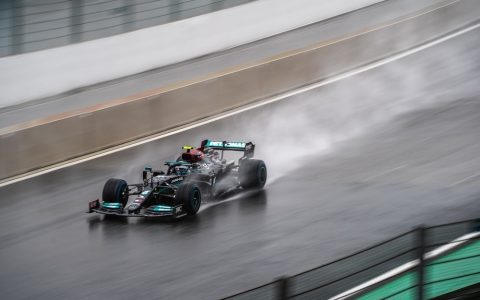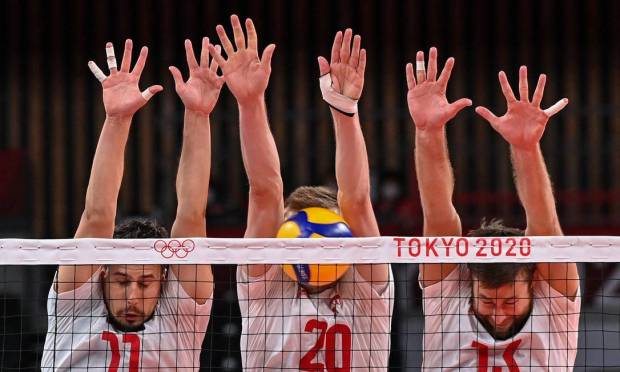
In Japanese culture, the respect for elders and mentors already in the language, “senpai” and “sensei”, can even give the illusion of an inflexible hierarchy between past and present. But just look at the Tokyo Olympic medal tally and you realize that if the new generation of Japanese sports has any limits, it is about to be left behind. Having won 13 gold medals by the fifth day of competitions, eight of which were won by new athletes (or “kauhai”) at the Olympic Games, Japan has already climbed to the top of the podium more than 12 times at Rio-2016. The next step is to win 16 gold medals when the Olympics were last held in Tokyo in 1964, the country’s absolute record so far. Matter of time.
Till yesterday, the country had four silver and five bronze, with a total of 22 medals. Before the Games, estimates made by the Associated Press (AP) and consultancy Gracenote were betting up to 70 medals for the Japanese, 26 of which were gold. Japan’s Olympic Committee called for up to 30 golds, but backed down on claiming that COVID-19 made the results more unpredictable. Not for athletes.
For now, even without fans, Japanese athletes are meeting the expectations of the discipline to be envied. And that’s because they didn’t start sports with many medals expected, such as wrestling, which has brought more gold to Japan than judo in recent editions, and karate, which would make its Olympic debut.
Disappointments such as the early collapse of tennis player Naomi Osaka and gymnast Kohei Uchimura have been filled with surprises in sports such as surfing, swimming and table tennis. So far, seven Japanese favorites for gold were without a gold medal, according to a survey by Globo based on AP projection, but the other seven that were off the radar have climbed to the top of the podium. There were also five medals in surfing, including Kano Igarashi’s silver, which did not even take a podium place.
One of those surprises came at dawn on Wednesday with swimmer Yui Ohshi, who won gold in the 200m medley. At the age of 25 and competing in her first Olympics, Ohashi took on opponents such as Hungarian Katinka Hoszu, 32, the “Iron Lady” favorite in the competition. A few days earlier, the Japanese had already won the gold medal in the 400m medley, a race that was not even expected to make it to the podium.
In gymnastics, the passing of the baton between the old and the new generation also worked. While 32-year-old Kohei Uchimura, a two-time Olympic champion, missed the final, 19-year-old young Daiki Hashimoto won the gold medal in the all-round, giving the Japanese team silver and is one of the favorites for the bar. In judo, a way in which Japan has already won eight medals in Tokyo – it could surpass the 12 medals it won in Rio in 2016 – legends such as Shohei Ono (73kg) and Takanori Nagase (81kg), who The second reached the Olympic podium. , shared the spot with brothers Hifumi and Uta Abe, who made their first Olympic gold debut, champions in men’s up to 66kg and women’s up to 52kg, and judoka Chizuru Arai (70kg).
– Good performance by domestic athletes is usually less due to fan-favourable influence and much more due to training results, higher investment and jump in the number of participants, as it is the host country – says Katia Rubio, Professor at USP in the Faculty of Education and specialist in sports psychology.
In the case of Japan, one of the preparatory grounds for the quest for medal records at the Olympics was launched in October 2016 in a document called the “Suzuki Plan”. Its author was Seoul 1988 Olympic swimming champion Daiichi Suzuki, who until last year served as head of the Japanese government agency responsible for supporting high-performance sport. Despite Japan’s good performance in Rio, Suzuki pointed out that the number of medal winning mods was lower than in London-2012. In the introduction, the text was quite clear: “Japan needs to achieve excellent results (in Tokyo) to win the largest number of gold medals in history. It is necessary to strengthen the disciplines in which we are good and in the number of sports.” It is necessary to grow. So that we can become medalists.”
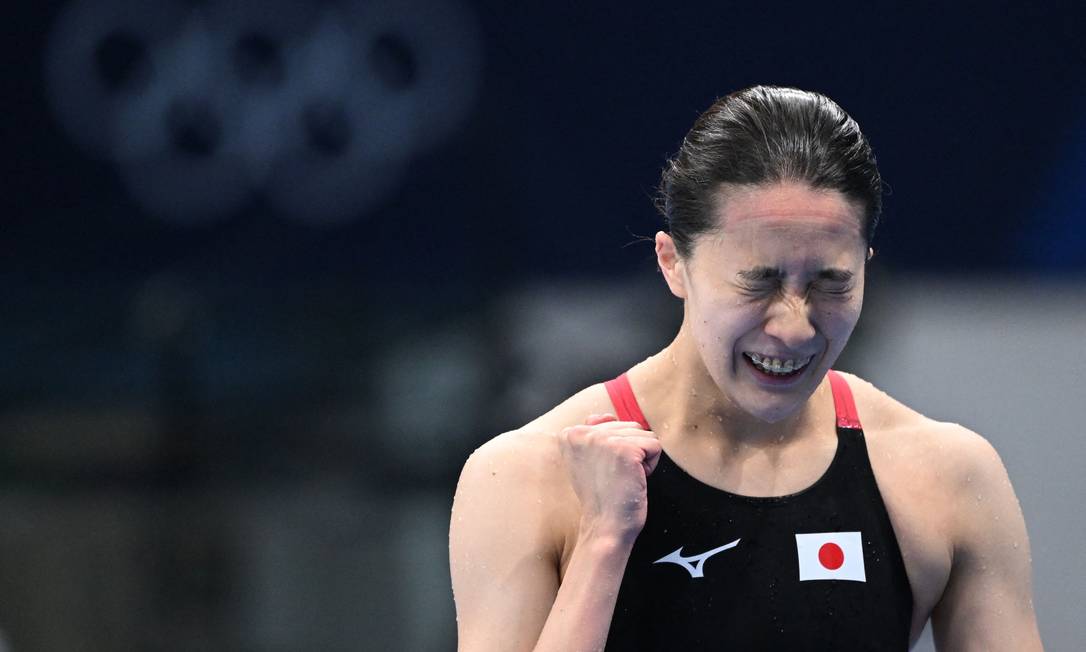
Among practical measures, Japan has consolidated a “high-performance sports center” by integrating the Ajinomoto National Training Center, opened in 2008, with the Japanese Institute of Sports Science located in the Tokyo metropolitan area. A kind of “promised land” emerged there for Japanese athletes, who began receiving strict nutritional monitoring and training with advanced technology in a variety of modalities.
For example, the Japanese softball team simulated virtual reality matches against the United States in preparation for the Olympics. In real life, Japan defeated the Americans in the final to convert an estimated silver medal into gold. Swimmer Yui Ohashi, who discovered he had anemia in 2015, became an example of an athlete who, after a change in diet, began competing at a higher level and medaled at Asian and world tournaments before a double podium at the same Olympics. A Japanese player has never achieved anything before.
encouragement to women
The Suzuki plan also noted that since the Atlanta–1996 Games, Japanese athletes were getting more Olympic spots than men. It encouraged development actions specific to the women’s sport, including improvements to the competition calendar and a specific program for coaches. The idea was to ensure that this important part of the Japanese delegation reached the Olympics at a high level even in games without such a tradition in the country.
Of the 13 golds won by Wednesday, six were won by women and one came in mixed table tennis doubles – another surprise for Japan, which only guessed the medals individually. And at least one more bronze medal is already guaranteed, in women’s boxing, a sport in which Japan has never been on the podium. 20-year-old boxer Senna Erie reached an unprecedented semi-final in the featherweight category this Wednesday (up to 57kg).
“I’ve made history here, but it’s a small contribution. I want more. Winning gold will be a bit bigger,” Erie speculated.

